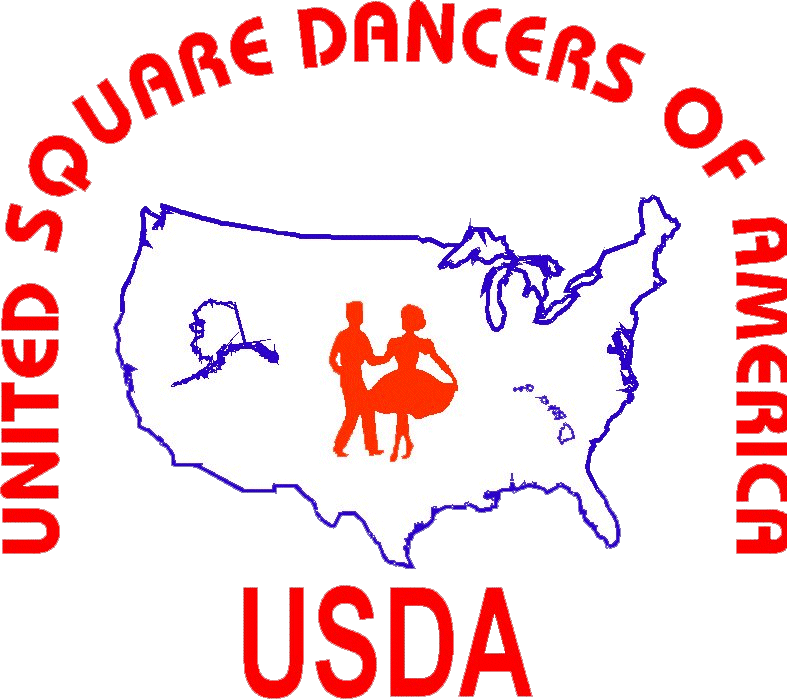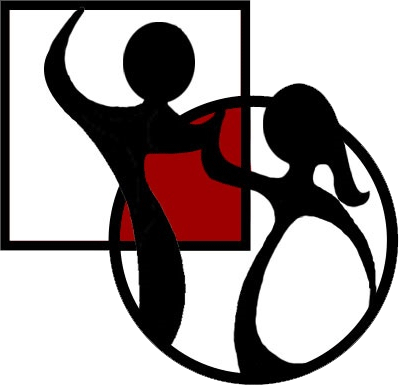|
|||||||
11 Reasons to Dance
|
1. |
Social Aspects - Square Dancing & Contra Dancing are great ways to meet people in a non-threatening, relaxed social atmosphere. You never know who you are gong to meet. Lifelong friendships are formed, and many have met the love of their life. There are clubs for singles, couples, the handicapable, gays & lesbians, campers, and youth, although usually everybody is welcome at all clubs. |
|
2. |
Healthy Environment - Square Dance, Round Dance & Contra Dance clubs are smoke and alcohol free. |
|
3. |
Stress Relief - Since these 3 dance forms, Square Dancing, Round Dancing, & Contra Dancing, are all led by a leader giving commands, you become so focused on the "task at hand" that your other mental worries are forgotten, at least for a couple of hours. |
|
4. |
Cardiovascular Fitness - Dancing is a safe way to exercise. The level of exertion is up to each participant. You can rev it up for a high intensity workout or take it easy for a relaxing, yet beneficial workout. Dancing regularly can lead to a slower heart rate, lower blood pressure, and an improved cholesterol profile. |
|
5. |
Body & Brain Boost - Square, Round, & Contra dancers react to calls as they are given. This forces the body and brain to be tightly coordinated. A number of the calls are memorized which keeps the brain sharp. |
|
6. |
Calorie Burn - Dancing burns between 200 and 400 calories every 30 minutes of dancing. That's equivalent to walking or riding a bike |
|
7. |
Distance - The President's Council on Physical Fitness and Sports recommends 10,000 steps per day to maintain physical fitness. It is estimated that a typical square dancer can expect to clock 9,000 to 10,000 steps per dance. |
|
8. |
Sturdy Bones - The side to side movements of dancing strengthen weight-bearing bones, tibia, fibula, and femur, and help prevent the slow loss of bone mass. |
|
9. |
Rehabilitation - Dancing is a way to get back in the swing of things if you are recovering from an injury. Dancing keeps your joints moving, and is nice alternative to jogging or other high-intensity activities. |
|
10. |
Metal Health - Studies have shown that activities that involve both physical mental activity at the same time help to slow the onset of Alzheimer’s disease. |
|
11. |
Balance - Studies have shown that adults who have a history of activities such as dance, tend to have less incidents of falling as they get older. |
For
Additional Information, Please Visit.
www.you2candance.com
|
10/15/20 |
![]()

